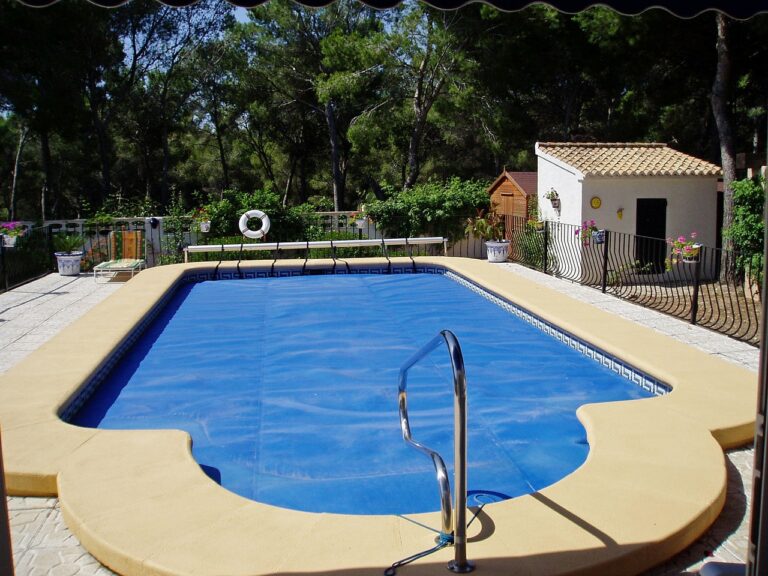Biophilic Design in Sustainable Home Improvement
Bringing nature indoors has numerous benefits for our well-being. Research suggests that being surrounded by natural elements like plants and natural materials can reduce stress, boost mood, and improve concentration. By incorporating nature into our indoor spaces, we can create a sense of calmness and connection to the outdoors, which ultimately enhances our overall quality of life.
Moreover, having indoor plants can purify the air by absorbing toxins and releasing oxygen, creating a healthier environment for us to live in. Natural elements also add a touch of warmth and elegance to our living spaces, making them more inviting and aesthetically pleasing. Embracing nature indoors not only benefits our mental and physical health but also allows us to appreciate the beauty of the natural world on a daily basis.
• Being surrounded by natural elements reduces stress, boosts mood, and improves concentration
• Incorporating nature indoors creates a sense of calmness and connection to the outdoors
• Indoor plants purify the air by absorbing toxins and releasing oxygen
• Natural elements add warmth and elegance to living spaces
• Embracing nature indoors allows us to appreciate the beauty of the natural world daily
How to Incorporate Natural Materials in Home Design
When it comes to incorporating natural materials into home design, there are countless possibilities to infuse your living space with organic elements. One approach is to opt for furniture made from sustainably sourced wood, such as bamboo or reclaimed timber. These materials not only add a warm and inviting aesthetic to your home but also promote eco-friendly practices.
Another way to integrate natural materials is through the use of stone or ceramic tiles for flooring or countertops. These elements bring a tactile and earthy feel to your space while offering durability and longevity. Additionally, adding plants and greenery can enhance the overall ambiance of your home, purify the air, and create a connection to the natural world within your living environment.
Maximizing Natural Light for Sustainable Living
Natural light is a vital element in sustainable living as it not only reduces the need for artificial lighting but also has a positive impact on mental health and well-being. Embracing natural light in your home design can create a sense of spaciousness and connection to the outdoors, enhancing the overall quality of living spaces.
To maximize natural light in your home, consider utilizing strategically placed windows, skylights, and light-colored reflective surfaces that can help bounce light around the room. Opting for sheer curtains or blinds can allow light to filter into the space while maintaining privacy. Additionally, minimizing obstructions like heavy drapes or furniture near windows can further enhance the flow of natural light throughout your home.
Why is maximizing natural light important for sustainable living?
Maximizing natural light reduces the need for artificial lighting, which can help lower energy consumption and decrease utility bills.
How can bringing nature indoors benefit our health?
Bringing nature indoors can improve air quality, reduce stress levels, and increase productivity and overall well-being.
What are some ways to incorporate natural materials in home design?
Some ways to incorporate natural materials in home design include using sustainable wood, stone, bamboo, cork, and recycled materials.
How can I increase natural light in my home?
You can increase natural light in your home by using light-colored paint, installing skylights or large windows, and keeping window coverings open during the day.
What are some eco-friendly window treatment options for maximizing natural light?
Some eco-friendly window treatment options include bamboo shades, linen curtains, and solar shades that allow sunlight to filter through while maintaining privacy.







